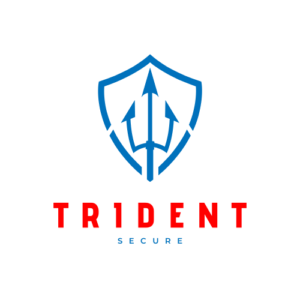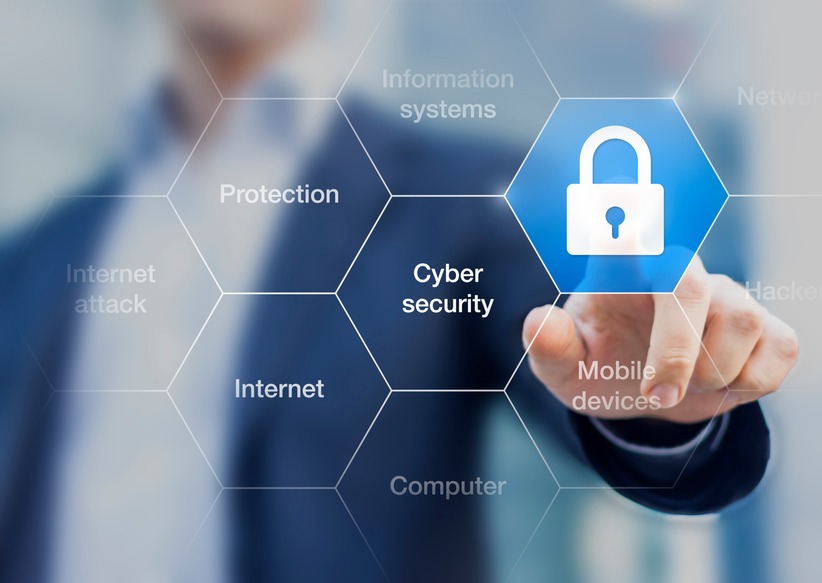Recent years have seen a rise in remote work, which has been hastened by the global pandemic. While working remotely has numerous advantages, like more flexibility and shorter commutes, it also poses special cybersecurity challenges. Cyber-attacks frequently affect remote workers more than those who operate in a regular office environment. In fact, a recent poll found that 20% of remote employees had been the victim of a cyberattack in the previous year. This emphasizes how crucial it is to adopt reliable cybersecurity best practices for remote workers.
Due to their potential lack of resources or knowledge compared to larger companies, small and medium-sized businesses (SMBs) may be particularly susceptible to cyber-attacks. SMBs should safeguard their network and data proactively because a cyber assault can have disastrous results, including data loss, financial loss, and reputational damage.
Putting cyber security best practices into effect can help shield your company and your remote employees from online threats. The use of secure remote access, updating software, creating strong passwords, establishing device management, and offering cyber security training are some of these best practices. You can ensure the security and productivity of your remote staff while safeguarding your company from any cyber dangers by adhering to these best practices.
Keep up with the most recent cyber security developments and dangers as you put these best practices into effect. It’s critical to take proactive measures to safeguard your company because cybercriminals are continually changing their strategies. You can safeguard the safety and security of your company and your remote employees by keeping up with the most recent cybersecurity developments and best practices.
- Create a Plan to Implement Zero Trust
Zero Trust is a security framework that is gaining popularity among businesses of all sizes, including SMBs. The Zero Trust model assumes that all network traffic, whether inside or outside the network, is untrusted until proven otherwise. This means that no user, device, or application is automatically trusted, and every request for access is verified and validated before access is granted. Zero Trust is particularly relevant for remote workers, as it can help prevent unauthorized access to sensitive data and applications. With Zero Trust, remote workers are required to authenticate their identity and device before accessing any company resources, even if they are accessing the network from a trusted location or device.
- Maintain and Automate Software Updates
For remote workers, outdated software might pose a serious security concern. Cybercriminals frequently access sensitive data by taking advantage of flaws in out-of-date software. The most recent security patches and upgrades should be applied to all software, including operating systems, programs, and plugins. Security upgrades that address known vulnerabilities are frequently included in software updates. Additionally, make sure that automatic updates are turned on for any equipment used by remote workers.
- Employ Secure Passwords
The first line of protection against cyberattacks is frequently passwords. Encourage remote employees to use secure passwords that are hard to decipher. Passwords must be a combination of uppercase, lowercase, digits, and symbols, and they must be at least 12 characters long. Avoid using words or phrases that are widely used because these are simpler for cyber criminals to decipher. The practice of managing strong, one-of-a-kind passwords can be made simpler by using a password manager.
- Implement Device Administration
Laptops, tablets, and cell phones are just a few of the devices that remote workers may use to connect to your company’s network and access data. All devices can be kept secure and up to date by implementing device management. This can entail making antivirus software mandatory for remote workers to install and turning on-device encryption. Policies for using personal devices at work should be established as well. For instance, if a remote employee accesses company data on their personal smartphone, you should make sure the device is password-protected and has the necessary security software installed.
- Provide Training on Cybersecurity
And finally, it’s critical to educate remote workers about cyber security. This ought to go through issues like password security, phishing schemes, and how to spot and report questionable activity. Ensure that all remote employees are familiar with the cyber security policies and practices of your business. In addition to ensuring that remote workers are aware of what to do in the event of a security problem, this can assist prevent unintentional security breaches.
Finally, putting these five cyber security best practices into practice will help shield your company and your remote workers from online threats. You can guarantee the security and efficiency of your remote workers by taking proactive measures to secure your network and data.
If so, the SOClogix SOC team can assist you. Our team of experts is proficient in:
- Threat Hunting
- Incident Response
- Vulnerability Management
- Device Protection
- Cybersecurity Consulting
If you need assistance with developing an effective cybersecurity plan or dealing with a security breach, SOClogix is ready and available. Contact us today!






